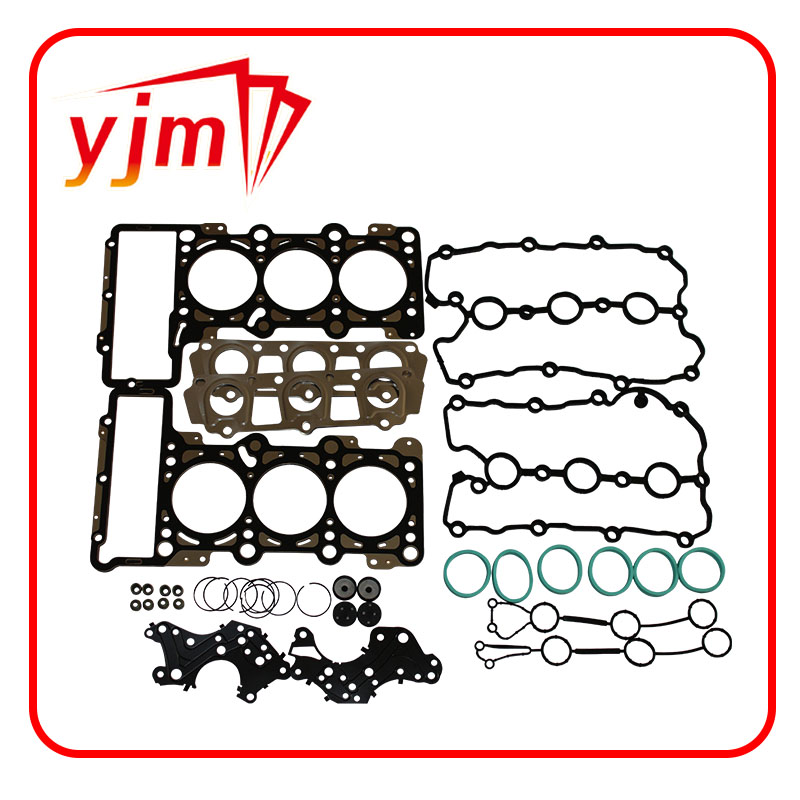rear drive shaft seal
Understanding Rear Drive Shaft Seal Importance and Maintenance
The rear drive shaft seal is a crucial component in the drivetrain system of a vehicle. Its primary function is to keep the lubricating oil contained within the differential and prevent it from leaking out. The seal is located at the rear of the drive shaft where it connects to the rear axle. In this article, we will delve into the importance of the rear drive shaft seal, common issues associated with it, and maintenance tips to prolong its lifespan.
Importance of the Rear Drive Shaft Seal
The rear drive shaft seal serves as a barrier that prevents gear oil from escaping the differential housing while keeping dirt and debris out. This is vital for several reasons. First, maintaining the proper level of gear oil is essential for the lubrication of the gears and bearings within the differential. Insufficient lubrication can lead to increased friction, overheating, and ultimately, premature wear or failure of these components.
Moreover, leaks caused by a failing rear drive shaft seal can lead to environmental concerns and safety hazards. Oil dripping onto the roadway can create slippery conditions, posing a risk to other drivers. Additionally, losing fluid can lead to catastrophic damage to the differential, resulting in costly repairs or even the need for a complete replacement.
Signs of a Failing Rear Drive Shaft Seal
Several warning signs may indicate that the rear drive shaft seal is failing. One of the most common signs is the presence of oil spots under the vehicle. If you notice oil accumulating on your garage floor or parking area, it could be a sign of a leaking seal. Other symptoms include strange noises coming from the rear axle, such as grinding or clunking sounds, which may indicate low fluid levels due to leakage.
A visible presence of oil around the drive shaft connection point may also be an indication that the seal is not functioning properly. If you experience any changes in vehicle handling or performance, such as slipping or difficulty in acceleration, it’s essential to have your vehicle inspected by a professional mechanic.
rear drive shaft seal

Maintenance Tips for Longevity
Regular maintenance can help ensure the longevity of the rear drive shaft seal and the overall health of the vehicle's drivetrain. Here are some tips
1. Fluid Checks Regularly inspect the differential fluid level. If it’s low, top it off with the manufacturer's recommended gear oil. Keeping the fluid at the appropriate level can help reduce stress on the seal.
2. Visual Inspections Periodically check for signs of oil leaks or deterioration of the seal. If you notice any wear or damage, it’s best to replace the seal before further damage occurs.
3. Professional Inspections Schedule routine maintenance with a qualified mechanic who can check the entire drivetrain system. They can provide insights into the condition of the rear drive shaft seal and make necessary repairs.
4. Avoid Overloading Excessive weight can put added stress on the drivetrain components, including the drive shaft and seals. Avoid overloading your vehicle to prevent premature wear.
Conclusion
The rear drive shaft seal plays a vital role in maintaining the health of your vehicle’s drivetrain. Understanding its importance and recognizing the signs of potential failure can save you from costly repairs and ensure a safe driving experience. By following proper maintenance practices, you can enhance the lifespan of the rear drive shaft seal and contribute to the overall performance of your vehicle. Regular attention to this critical component will lead to a more reliable and efficient driving experience.
-
Understanding the Front Main Engine Seal: Purpose, Maintenance, and Installation
News Jul.29,2025
-
Understanding O-Rings and Seal Rings: Types, Applications, and Custom Solutions
News Jul.29,2025
-
Understanding Crankshaft Oil Seals: Rear Seals, Pulley Seals, and Their Role in Engine Integrity
News Jul.29,2025
-
The Importance of Front and Rear Crankshaft Seals in Engine Performance and Oil Management
News Jul.29,2025
-
Crank Oil Seals: Functions, Types, and Cost Considerations in Engine Maintenance
News Jul.29,2025
-
A Comprehensive Guide to O-Rings and Seals: Types, Materials, and Global Applications
News Jul.29,2025
-
Mastering Diesel and Performance Engine Maintenance: A Guide to Critical Oil Gaskets
News Jul.28,2025
Products categories















